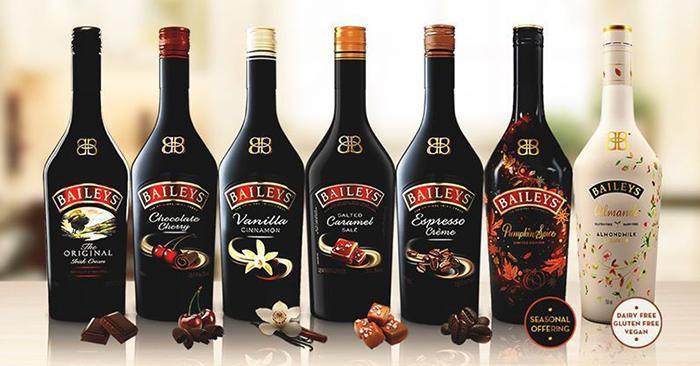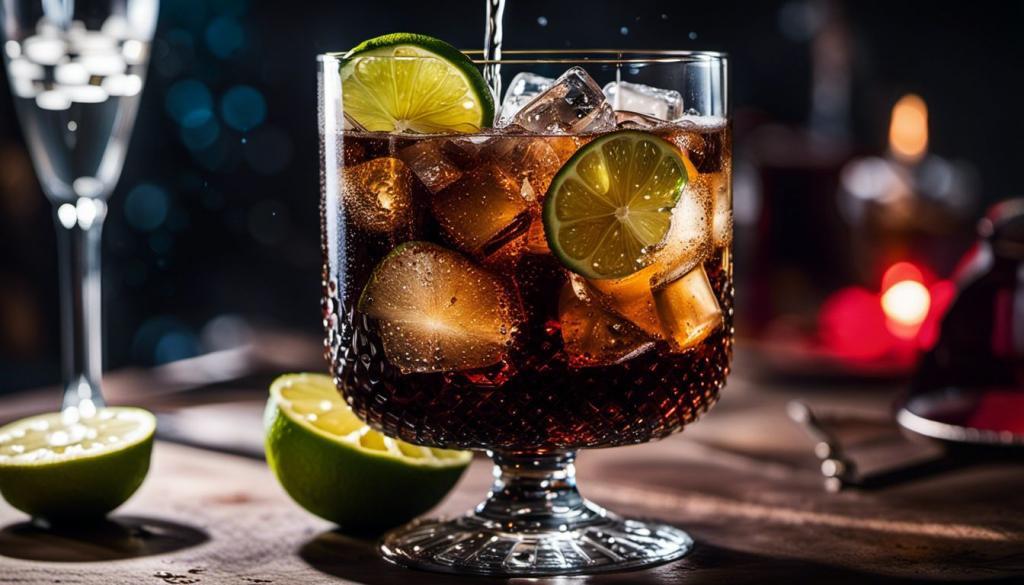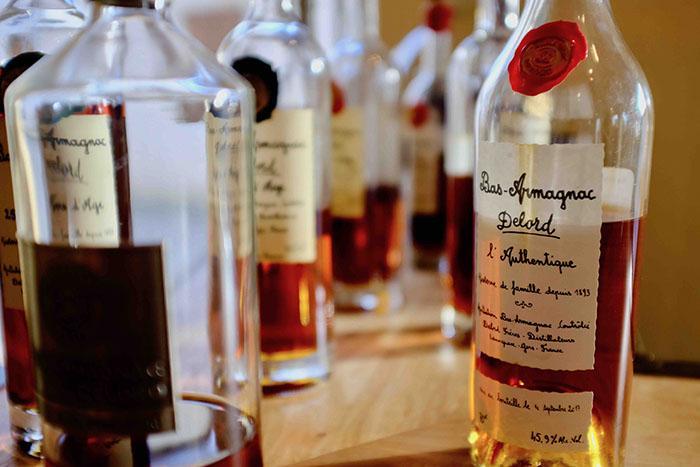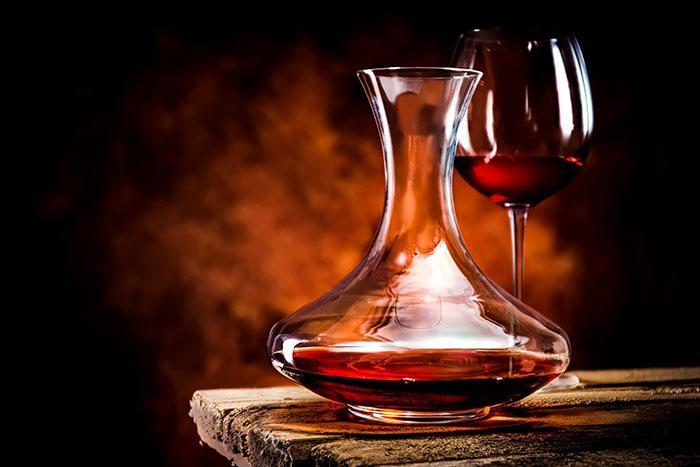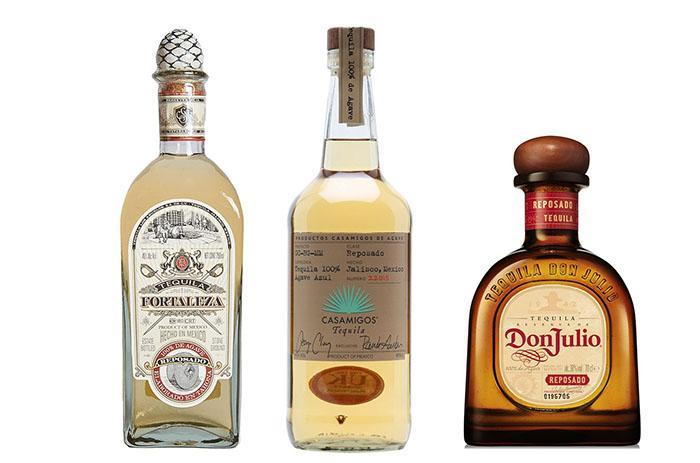Are you curious about the alluring world of French drinks, specifically the fascinating Pastis?
Ranking high among France’s iconic beverages, Pastis is a flavorful anise-flavored spirit savored traditionally as an apéritif.
You Are Watching: What Is Pastis Updated 12/2025
Our insightful exploration will unravel its intriguing origin, unique distillation process, and distinctive taste profile to enrich your liquor wisdom.
Let’s toast to adventure; read on for the full pastis scoop!
What Is Pastis?

Definition of Pastis
Pastis, traditionally from France, is an anise-flavored spirit and apéritif typically served before dinner to stimulate the appetite. This popular alcoholic beverage has a close kinship with absinthe due in part to its unique aniseed flavor.
Derived from the Provençal term “pastisson,” which translates as a mixture or “pastiche,” pastis usually consists of less than 100 g/L sugar and boasts a robust alcohol by volume around 40-45%.
Pastis turns cloudy when mixed with water because of oils extracted from anise present in the drink, providing it not just taste but also visual appeal.
Historically appreciated by artists in the nineteenth century like its cousin absinthe, this quintessential French brew’s legal definition can be somewhat complex despite being widespread across many brands including Ricard and Pernod.
Origins of Pastis
Pastis has its origins deeply rooted in the rich history of France. This anise-flavored spirit and apéritif traces back to the 19th century, where it gained popularity among artists and intellectuals.
It was during this time that absinthe, another aniseed-flavored drink, faced legal restrictions due to its perceived harmful effects.
As a result, distillers began experimenting with new recipes that would provide a similar taste experience without the controversial ingredients.
One such innovation led to the creation of pastis, which quickly became a favorite choice for those seeking a refreshing pre-dinner drink.
Read More : What Is Champagne Updated 12/2025
The name “pastis” comes from the Provençal word “pastisson,” meaning a mixture or “pastiche.” This name perfectly captures the essence of pastis as a blend of flavors and traditions from Provence in southern France.
Today, popular brands like Ricard and Pernod continue to carry on this tradition by offering their own unique take on this classic French beverage.
Ingredients and composition of Pastis
Pastis is made using a combination of key ingredients that come together to create its unique flavor profile.
The main components of pastis include star anise, liquorice root, and a neutral base such as alcohol or water.
These ingredients are carefully distilled and blended to produce the distinct taste that is characteristic of pastis. With its licorice taste and herbal notes, pastis offers a refreshing and complex flavor experience.
This popular French apéritif typically contains less than 100 g/L sugar and has an alcohol by volume (ABV) ranging from 40-45%.
Brands like Ricard and Pernod are well-known for their high-quality pastis offerings.
How Is Pastis Made?
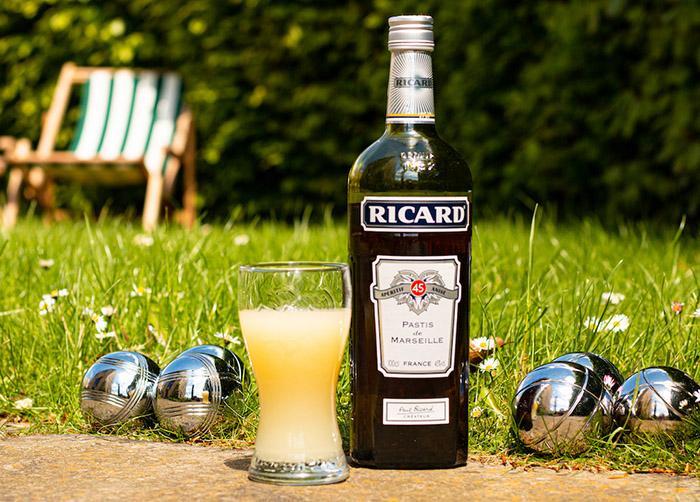
The distillation process
The distillation process of Pastis involves several key steps that contribute to its unique flavor profile and character.
Here’s a breakdown of how Pastis is made:
- Fermentation: The production of Pastis begins with the fermentation of a neutral base, typically distilled from grains or grapes. This neutral base serves as the foundation for the drink.
- Botanical infusion: Once fermented, the neutral base is combined with various botanicals, including star anise and liquorice root. These botanicals are responsible for imparting the distinctive anise and liquorice flavors that define Pastis.
- Distillation: After the botanical infusion, the mixture undergoes distillation. Distillation is a process that involves heating the liquid and collecting the vapors that condense back into a liquid form. This helps to separate and concentrate the desired flavors from the rest of the ingredients.
- Dilution: After distillation, water is added to reduce the alcohol concentration and create a balanced final product. This step is crucial as it allows Pastis to be enjoyed as an aperitif without being too overpowering in terms of alcohol content.
- Aging: While not all brands age their product, some pastis may be aged for a period of time to allow further integration and development of flavors. This aging process can enhance the complexity and smoothness of the final product.
- Bottling: The finished Pastis is then filtered to remove any impurities before being bottled and sealed for distribution.
Key steps in the production of Pastis
- The production of pastis involves a series of key steps that define its unique flavor profile and character.
- The process begins with the selection of high – quality ingredients, including star anise and liquorice root, which are essential for creating the distinct taste of pastis.
- The selected ingredients are then infused with a neutral base, typically made from grape spirit or grain alcohol, to extract their flavors and aromas.
- After infusion, the mixture is distilled to concentrate the flavors even further and remove any impurities. This distillation process is crucial in achieving the desired balance and complexity in pastis.
- Once distilled, the liquid is carefully blended with additional herbs and botanicals to enhance its herbal liqueur characteristics and create a harmonious flavor profile.
- After blending, the resulting liquid undergoes a resting period to allow the flavors to meld together and develop fully before being bottled.
- Throughout this production process, strict quality control measures are followed to ensure consistency in taste, aroma, and overall quality.
- It’s important to note that different brands may have their own unique variations in the production process, which can result in subtle differences in taste between various pastis offerings.
- The final product is a beautifully aromatic and flavorful spirit that showcases the richness of anise notes combined with hints of licorice and other herbal nuances.
- To fully appreciate pastis, it is commonly served diluted with water over ice or enjoyed neat as an aperitif before meals or as a refreshing drink on warm summer days.
What Does Pastis Taste Like?
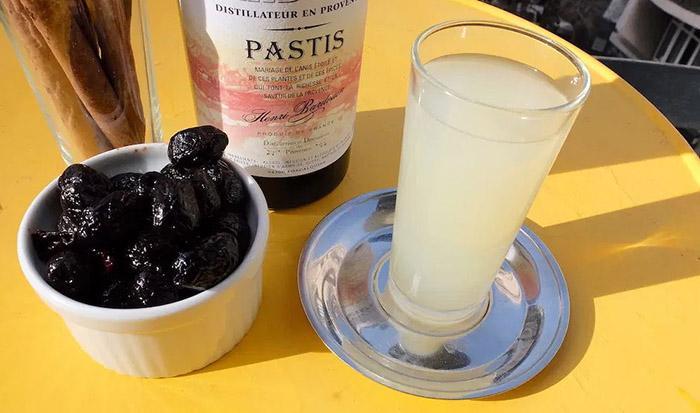
Flavor profile of Pastis
Pastis has a distinct and refreshing flavor profile that sets it apart from other spirits. It is characterized by its strong anise notes, which give it a licorice-like taste.
The flavor can be described as both sweet and herbal, with hints of various botanicals.
When served properly, the addition of water to pastis creates a milky appearance, known as the “louche effect,” which releases even more aromatic flavors.
Read More : What Is Muddling Updated 12/2025
This classic French aperitif has become popular for its unique combination of sweetness and herbal complexity, making it a delightful choice for those seeking a refreshing pre-dinner drink.
Anise notes and other flavors
Pastis is known for its distinct anise flavor, which comes from the star anise and licorice root used in its production. These ingredients give pastis its characteristic licorice taste, making it a unique French liqueur.
However, pastis also offers a complex combination of other flavors that add depth to its profile. The herbal notes present in the drink come from various botanicals and spices used during distillation, giving it a subtle yet refreshing taste.
Additionally, the use of neutral base alcohol allows these flavors to shine through without overpowering the anise elements.
Overall, pastis provides a balanced blend of anise and herbaceous flavors, making it a popular choice among those who appreciate traditional French drinks with a touch of sophistication.
Serving suggestions for Pastis
One way to enjoy Pastis is by serving it in the traditional French style. Start by pouring a shot of Pastis into a glass, and then add five parts water to one part Pastis.
This ratio can be adjusted according to personal preference – some people prefer a stronger flavor while others prefer a more diluted taste.
The addition of water causes the oils in the drink derived from its anise to become cloudy, creating a unique visual effect.
To enhance the experience, consider adding ice cubes or even a splash of cold mineral water for extra refreshment.
With its licorice flavor and herbal notes, Pastis is best enjoyed as an apéritif, before meals, allowing its aromas to awaken your senses and set the stage for indulgence.
Conclusion
In conclusion, Pastis is a unique and flavorful French liqueur that has deep roots in the culture of the South of France.
With its distinct anise taste and hint of licorice, it has become a beloved aperitif for many.
Whether enjoyed on its own or mixed with water to create an enticing cloudy drink, Pastis offers a delightful experience for those seeking a taste of French tradition.
Cheers to discovering the world of Pastis!
Sources: https://chesbrewco.com
Category: Wine



